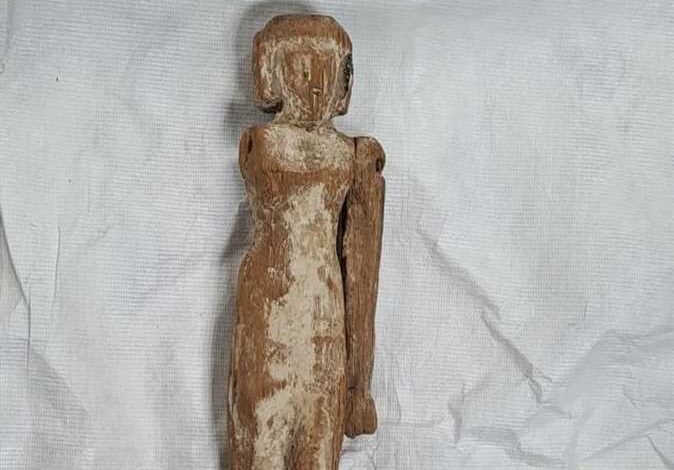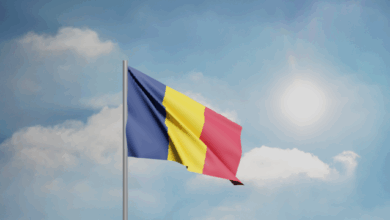
The Ministry of Tourism and Antiquities, represented by the Supreme Council of Antiquities, received 21 artifacts that arrived in Egypt from the Australian capital of Canberra, on Sunday.
The artifacts were returned through coordination with the Foreign Ministry, Immigration, and Egyptian Expatriates Affairs, and in cooperation with all relevant Egyptian and Australian authorities.
This comes as part of the Egyptian state’s ongoing efforts to protect and preserve its cultural heritage and recover all illegally smuggled artifacts.
Minister of Tourism and Antiquities Sherif Fathy said that the return of this collection reflects the commitment of the Egyptian state, with all its institutions, to protecting its unique cultural heritage.
He hailed the fruitful cooperation between the Ministry of Tourism and Antiquities and Foreign Ministry, which played a key role in this achievement.
Strong ties between Egypt and Australia
Fathy added that this step coincides with the celebration of the 75th anniversary of the establishment of diplomatic relations between Egypt and Australia, reflecting the depth of bilateral cooperation and joint coordination between both countries.
The Secretary-General of the Supreme Council of Antiquities, Mohamed Ismail Khaled, explained that a delegation from the Council, headed by Shaaban Abdel-Gawad, Director-General of the General Administration for the Repatriation of Antiquities and Supervisor of the Central Administration for Archaeological Ports, received the artifacts from the headquarters of the Egyptian Foreign Ministry.
The artifacts were on display at a renowned auction house in Australia, and when it became clear that they lacked ownership documents, the auction house’s management took the initiative, in cooperation with the Egyptian Embassy in Canberra, to return them to Egypt.
The recovered artifacts
Abdel-Gawad noted that the recovered artifacts date back to various ancient Egyptian eras.
These include small statues, including an ushabti statue, part of a wooden coffin in the shape of a human hand, a wooden snake head, a pottery lamp, ivory spindles, an Eye of Horus, and a piece of Coptic textile.
Abdel-Gawad said that some of the pieces were handed over to the Egyptian Consulate General in Sydney, including part Seshen-Nefertem’s funerary stela.
This stela was previously discovered by the Italian mission and was broken into four pieces, some of which disappeared in 1995.
Three of the pieces were returned to Egypt from Switzerland in 2017, while the fourth part was recently handed over by the Macquarie Museum in Australia after it was confirmed to be part of the same stela.




